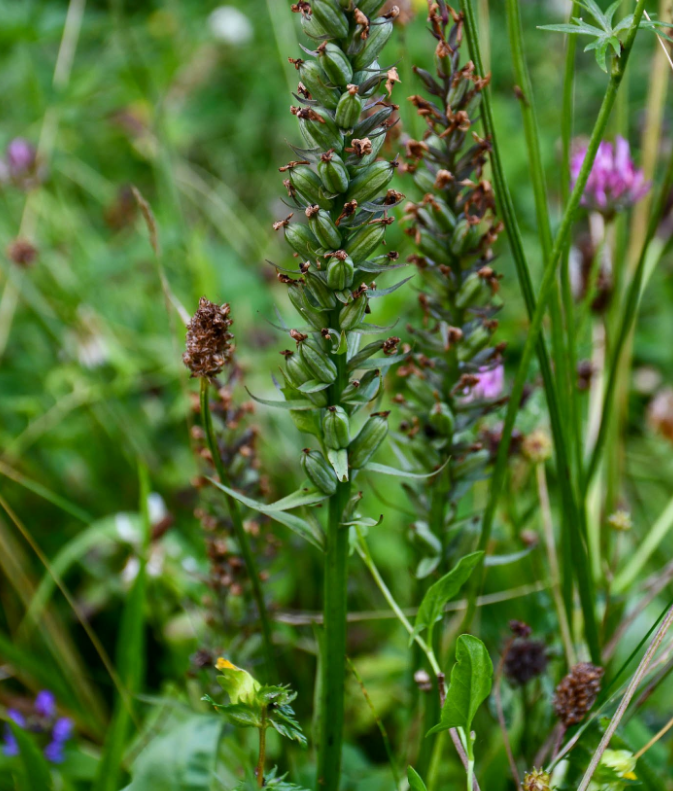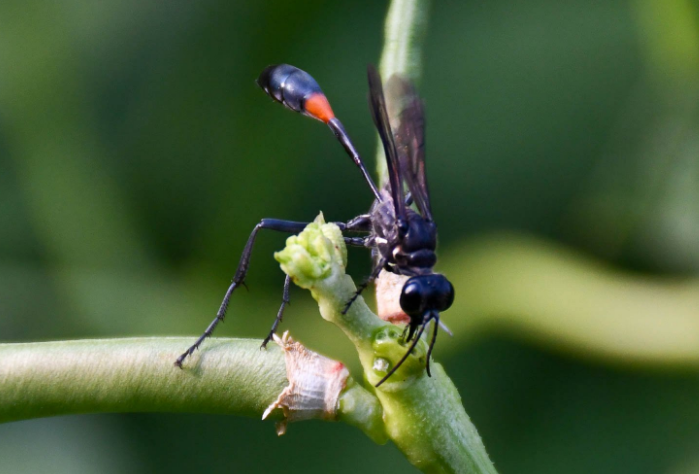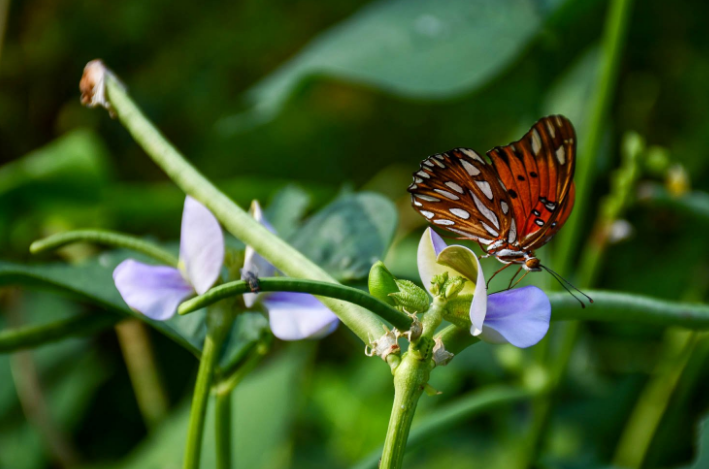My friend Dan then explained how they manage their grass to create space for wildflowers to grow. Their biggest ally is the baby rhinoceros, a semi-parasite that needs grass to grow. After seeding, the rhinos are few in number, but once the rattlesnake population increases, the grass is greatly weakened and dies. With nothing to parasitise, the rattlesnake population soon declines. The cycle repeats itself, he said, with the ebb and flow of the tide allowing the wildflowers to grow naturally, like the wild marjoram that Karen stopped to take a picture of. I recognised that this cycle was much like the prey-predator cycle of rabbits and wolves that I had learned about in my ecology class a few years ago.

Dan commented that their approach prevents grasses from dominating and helps promote species diversity. He pointed to an already-flowering Dactylorhiza fuchsii plant, a common spotted orchid, and talked about how the seeds need mycorrhizae to grow. He paused and said, “You probably know this.” I replied yes, but added enthusiastically that this shouldn’t stop him from sharing his farm accomplishments. I was happy to learn as much as I could.
We walked to the end of this plateau and then walked back through a small bush and saw the orchard. He commented on the fruit trees, saying that these were plums, mirabelle and western plums, and that there were other fruit trees down there.



